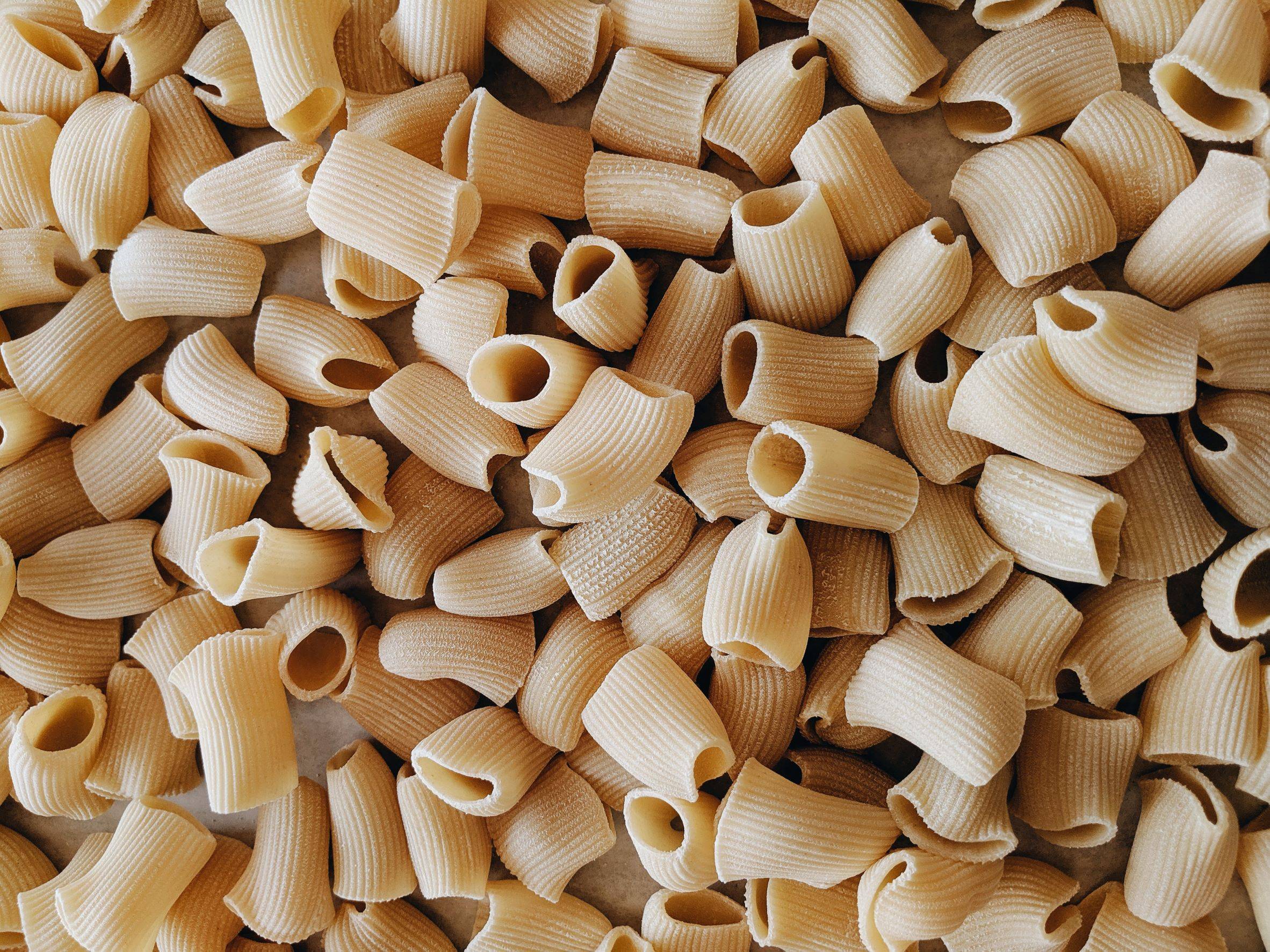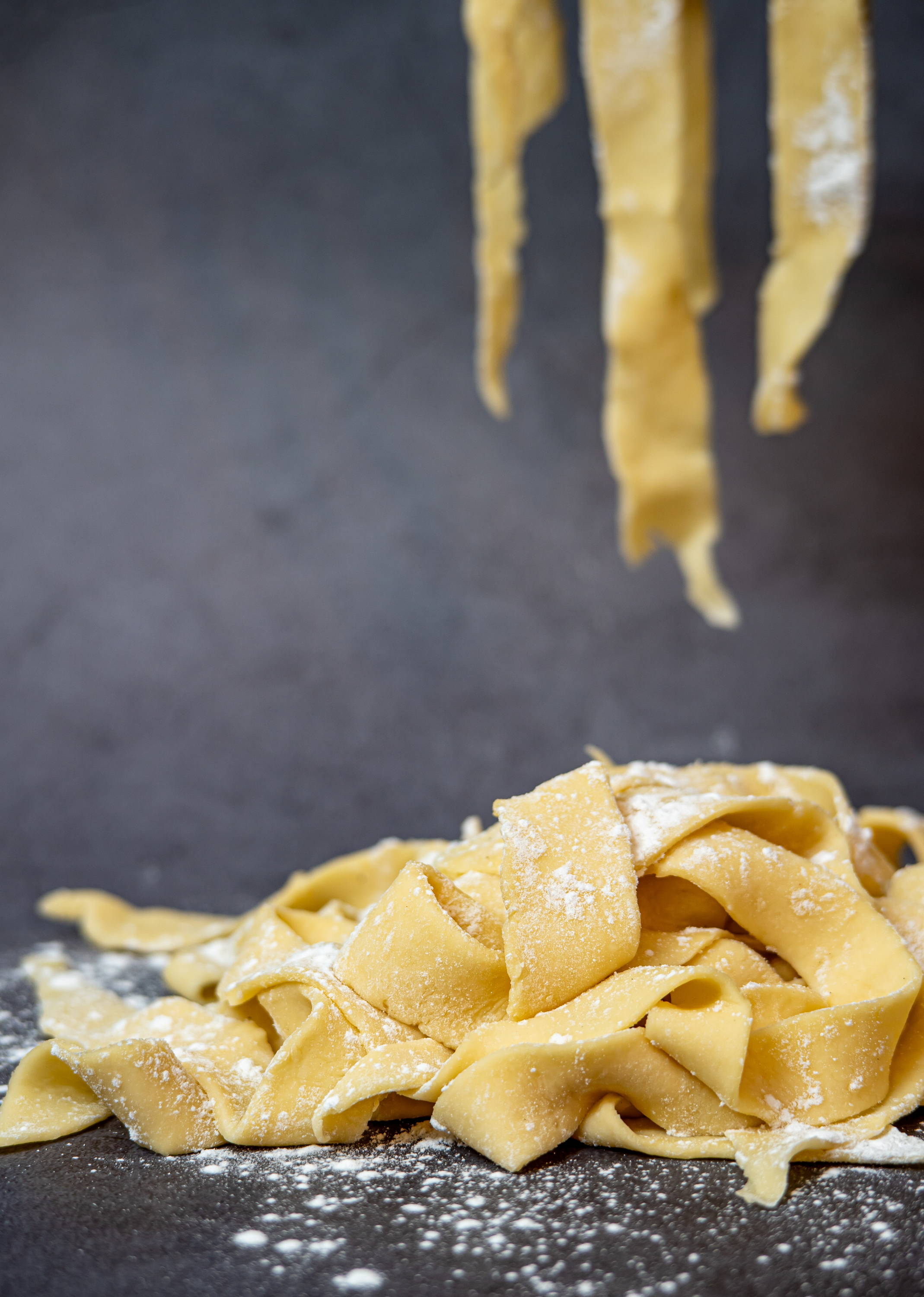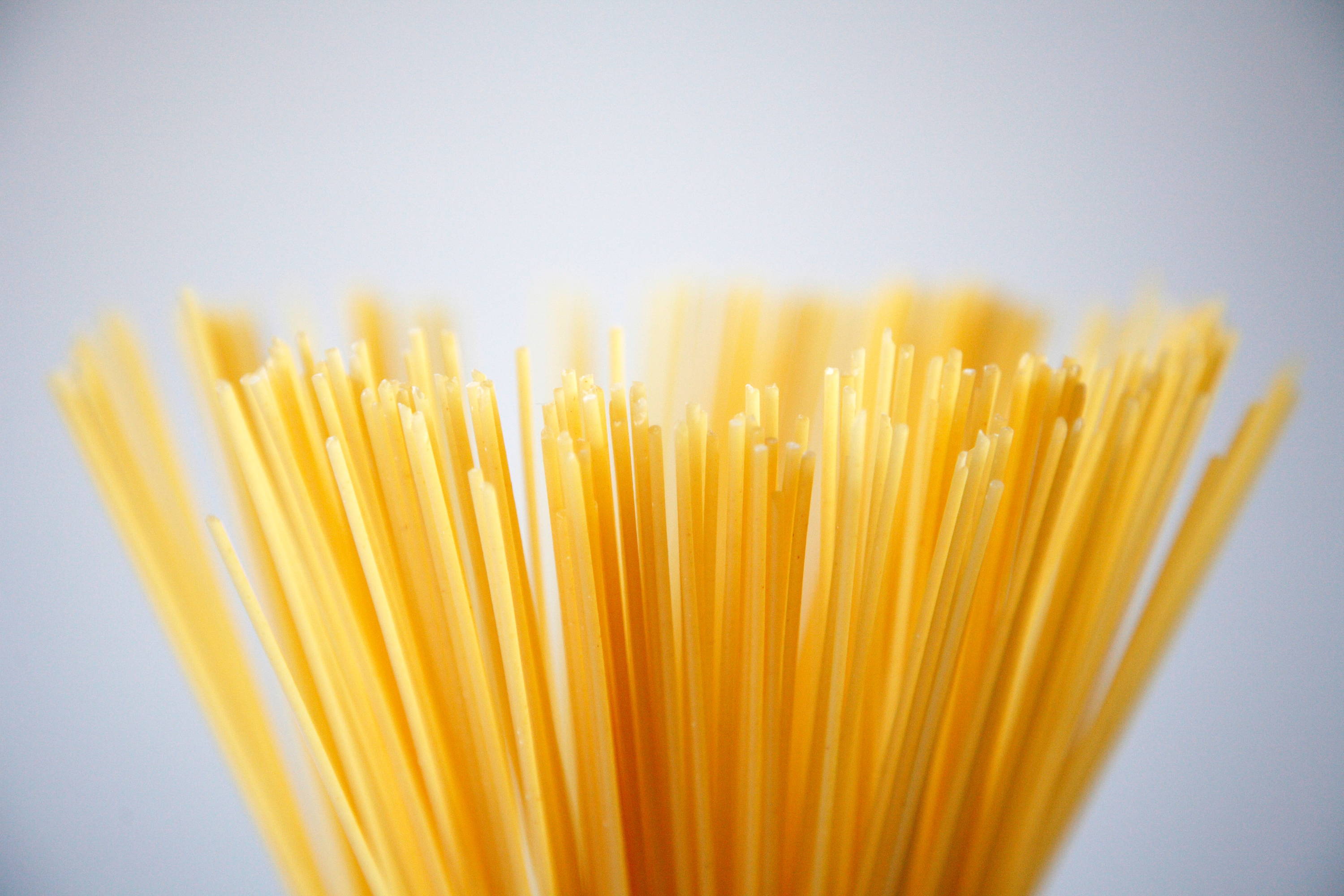Pasta & Carbs: Ultimate Guide - Your Questions Answered
This article was written by Eleanor Hoath, an established naturopathic nutrition practitioner based in the UK.
Your pasta and carbs 101
Just as cars and planes need fuel to operate, so our bodies must have their own fuel in the form of food if they are to function, grow and thrive. From running about to lazy afternoons on the sofa, literally everything we do uses energy - and one source is carbohydrates. Often misunderstood, sometimes demonized, carbs can have a key role to play in our diet. Here’s everything you need to know.
Pasta & Carbs: balance is key
When putting a balanced meal together, it is important to focus on a variety of different foods and nutrients that contribute to our health, providing us with the essential macronutrients that are the building blocks for energy, and have a key role in forming new body cells. We’re talking about proteins, fats, and yes, carbohydrates.

Is pasta considered a carb?
Simply put, pasta is a carbohydrate. But while carbs are often associated with a big bowl of highly processed, beige and white pasta, the term ‘Carbohydrate’ is a broad category. Not all carbs are the same and focusing on the type, quality and quantity of carbs in our diet is what’s important.
Is pasta high in carbs?
The average white pasta that we all imagine when we think of our favourite Italian dish is considered high in carbs, due to its traditional main ingredient of durum wheat.
However, some of the new and upcoming ‘alternative’ pastas, often made with wholefoods and legumes, that are becoming popular are often lower in carbs.
Is pasta a good or bad carb?
It would be silly to define food groups as ‘good’ or ‘bad’ which is why defining pasta as a good or bad carb is incorrect. It is important to consider the different complex components of the pasta and the ingredients that have gone into it.
There are 3 different groups of carbohydrates:
- Sugar: a simple carbohydrate, sugars occur naturally in foods such as fruits, vegetables, milk and dairy products, while also being the carbohydrate compound found in white bread and pasta.
- Starch: also known as a complex carbohydrate, meaning it is made of multiple sugar molecules that are bonded together. Starch is found naturally in vegetables such as sweet potato, turnips, butternut squash, and grains like brown rice, oats and barley. They’re also abundant in both cooked and dry beans and peas, such as kidney beans, yellow peas and lentils.
- Fibre: my favourite carbohydrate as it occurs naturally in whole grains, beans, pulses, cruciferous vegetables, and some fruit.
Simple carbohydrates such as those found in sweet treats, packaged white pastas and baked goods have the most impact on our blood sugar levels. Their simple structure means that the sugar is absorbed straight into the bloodstream, as there is no fibre slowing it down. For this reason, simple carbohydrates and sugars should only be enjoyed as a treat.
Increasing our consumption of complex carbs, such as legumes, yellow peas, brown rice and starchy vegetables has significantly less effect on our blood sugar. Their more complex molecular structure slows down digestion of the sugars, helping to stabilise blood sugar and preventing a blood sugar rollercoaster!
I believe in an equal balance between all food groups, which is why focusing on moderation is key!

How many carbs are in a pasta serving?
On average, there are around 25-40g of carbohydratesin a 100g portion of traditional (wheat) pasta when cooked, while uncooked pasta is higher with between 40-65g.
Different types of pasta will vary in the amount of carbs as well as the way they are cooked, cooled, and stored. Cooking and leaving pasta to cool down reduces its carb content.
Is there a difference in carbs between cooked and uncooked pasta?
Similar to simple and complex carbohydrates, there is variation in the molecular structure of both cooked and uncooked pasta. When we cook and cool traditional wheat pasta, the molecular structure changes, making it more complex - which our blood sugar prefers and is therefore more suitable to the body.
Can pasta be low carb?
Yes. We can reduce the carbs in pasta by using complex carbs. Including ingredients such as legumes, yellow peas, brown rice and starchy vegetables, Their more complex molecular structure slows down the time taken to digest sugars which – as a result makes them ‘lower carb’ whilst also stabilising blood sugar to prevent the crazy blood sugar rollercoaster!
Is gluten free pasta low carb?
Gluten free diets are becoming increasingly popular, with various claims about its impact on our health. However, gluten free doesn’t necessarily mean healthier, especially if the gluten free option is made with ingredients similar to traditional white pasta. But opting for pasta made with alternative wholefood ingredients reduces the impact on our blood sugar, so is considered a ‘low carb’ option.

How to count the carbohydrates in pasta?
The best way to be completely precise about carbohydrate portions is to measure the serving! This can be done before or after the pasta is cooked! Always check the back of the pack to see how your pasta has been measured and whether the nutritional information has been based on cooked or uncooked pasta.
Understanding food labels can be a minefield, but if you simply look under carbohydrates and where it says ‘of which are sugars’ you’ll get an idea about the carbs in your pasta. The UK guidelines recommend less than 10g of sugars per 100g.
How many carbs do you need every day?
In the UK, government guidelines recommend 1/3 of total dietary energy should come from carbohydrates, with a minimum of 30g of fibre every day. Research by the consumer advice body Which has shown the average Brit isn’t achieving those levels, contributing to our poor gut health and continuous digestive symptoms.
A good way to reach both targets would be to increase our intake of plant based complex carbohydrates such as beans, pulses and peas. Whilst also providing the body with the carbohydrate molecules it requires for energy, these foods are also an abundant source of protein and fibre. This is one of the reasons I often recommend ZENB Pasta to clients looking to support their blood sugar.
How many carbs does ZENB pasta have?
ZENB’s Pasta contains 51g of carbohydrates per 100g which works out at just 1.8g of sugars - which is a win win!! It has 44g of carbohydrates per one 85g serving of uncooked Pasta.
Being made with only yellow split peas (with the skin on which is always a win for the fibre points), it is a great gluten free swap to optimise fibre, increase protein consumption, both while avoiding the blood sugar issues, and still being able to enjoy the comfort of a home cooked pasta dish after a hard day’s work. I also love the fact that the whole pea has been used and therefore is rich in additional minerals that are important to maintaining a healthy metabolism, such as Iron and Potassium.
Final thoughts
So, by now you have probably realised that counting your carbohydrate intake is not just tedious, but also not the be-all and end all to reaching your health goals. You can’t just say ‘is pasta a good or bad carb?’ because it all depends on the type of pasta you’re consuming.
If the goal is to feel full of vitality and energy all the time (who doesn’t want to feel great 24/7?) then check your kitchen cupboards. What carbohydrate type are you using, is your pasta white? What is the fibre content of your daily diet? In my practice, I always aim to ensure my clients are reaching their goals, but I never remove the enjoyment from food.
I’m a foodie and I enjoy dinners together! My advice? Swap to an alternative pasta, one created using wholefood, plant-based ingredients that are going to provide more than just a sugar crash and a painful bloat. Create your favourite pasta salads and Mums Mac & Cheese that you always get excited about and feel amazing after eating pasta.
'Eleanor Hoath accepts clients worldwide to optimise their wellbeing whilst using a functional approach to understand their symptoms. Find her at www.wellnourished.me and @wellnourished_nutrition on social.’
To learn more about yellow peas and its nutritional values, click here.



